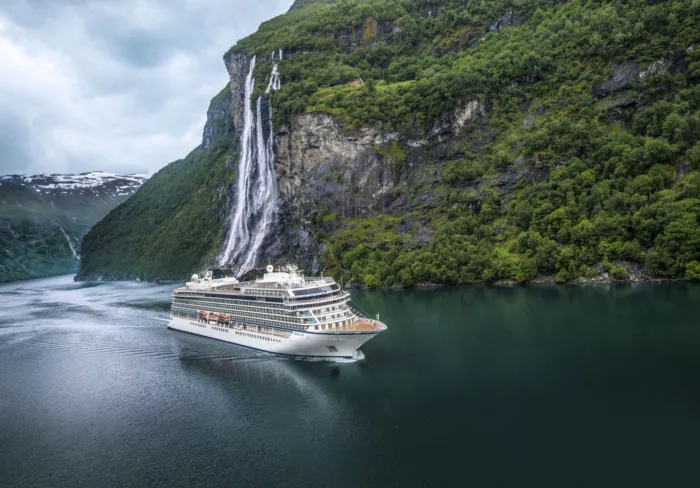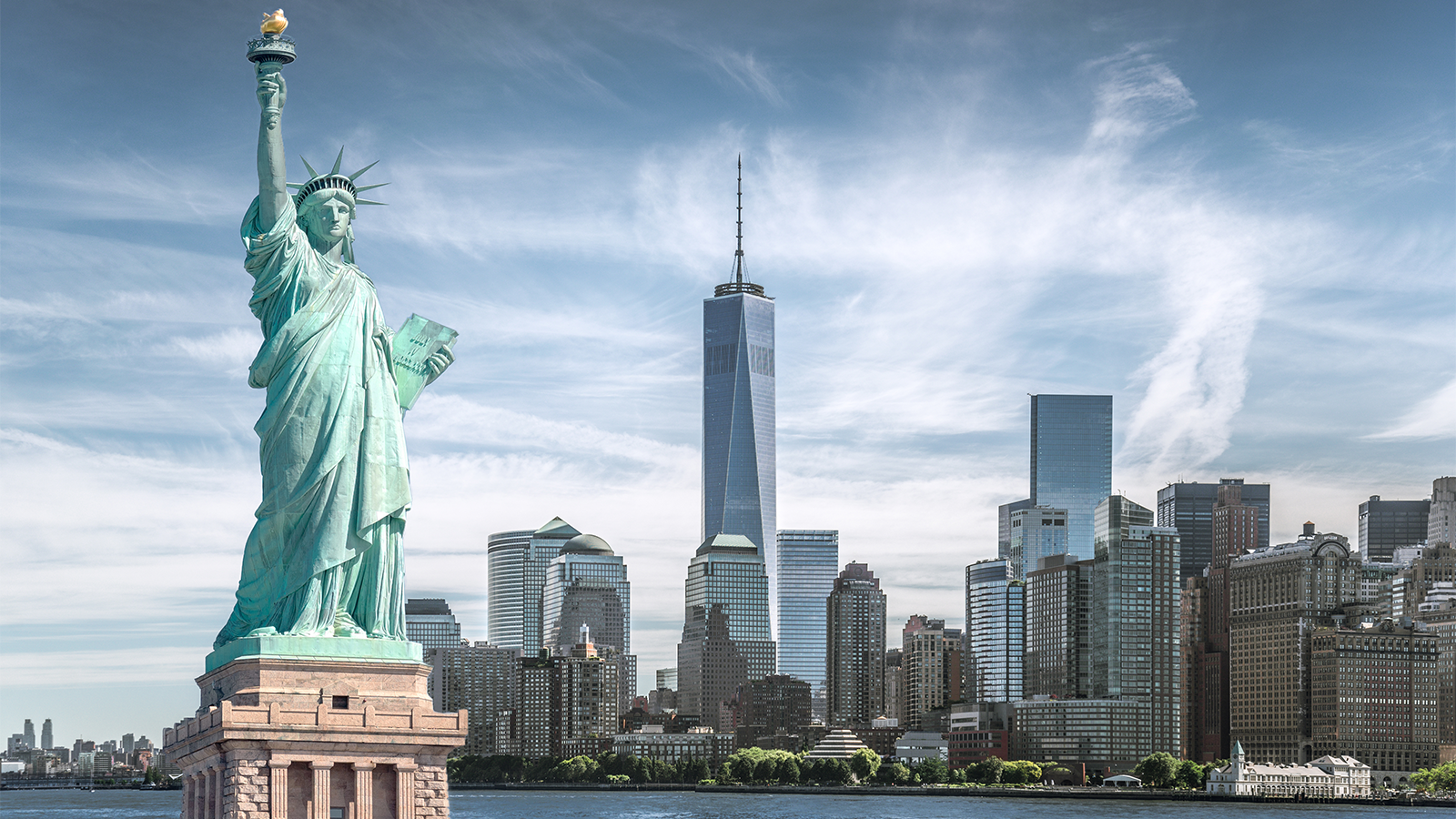
Viking Ocean Cruises
Viking began as a river cruise line and entered the ocean-cruise market with the launch of the 930-guest Viking Star.
Viking has already made an indelible mark on the sector with its fleet of stylish, near-identical, adult-only ships.
The cruise line currently has 10 ships in its fleet.
930
Passengers
465
Crew
2017
Launched
48000t
Tonnage
227m
Length
29m
Width
20kts
Speed
9
Decks
EUR
Currency
Cruise Itinerary
Days 1 - 2
Stockholm, Sweden
Day 3
Tallinn, Estonia
Day 4
,
Day 5
Gdansk, Poland
Day 6
Rønne, Denmark
Day 7
Warnemünde, Germany
Day 8
Copenhagen, Denmark
Day 9
Aalborg, Denmark
Days 10 - 11
Oslo, Norway
Day 12
Stavanger, Norway
Day 13
Eidfjord, Norway
Days 14 - 16
Bergen, Norway
Day 17
Lerwick, Shetland Islands, Scotland
Day 18
Aberdeen, Scotland
Day 19
Newhaven/Edinburgh, Scotland
Day 20
Kirkwall, Orkney Islands, Scotland
Day 21
Ullapool, Scotland
Day 22
Belfast, Northern Ireland
Day 23
Liverpool, England
Day 24
Holyhead, Wales
Day 25
Dun Laoghaire, Ireland
Day 26
,
Day 27
Dover, England
Days 28 - 29
London (Greenwich), England

Days 1 - 2
Stockholm, Sweden

Day 3
Tallinn, Estonia

Day 4
,

Day 5
Gdansk, Poland

Day 6
Rønne, Denmark

Day 7
Warnemünde, Germany

Day 8
Copenhagen, Denmark

Day 9
Aalborg, Denmark

Days 10 - 11
Oslo, Norway

Day 12
Stavanger, Norway

Day 13
Eidfjord, Norway

Days 14 - 16
Bergen, Norway

Day 17
Lerwick, Shetland Islands, Scotland

Day 18
Aberdeen, Scotland

Day 19
Newhaven/Edinburgh, Scotland

Day 20
Kirkwall, Orkney Islands, Scotland

Day 21
Ullapool, Scotland

Day 22
Belfast, Northern Ireland

Day 23
Liverpool, England

Day 24
Holyhead, Wales

Day 25
Dun Laoghaire, Ireland

Day 26
,

Day 27
Dover, England

Days 28 - 29
London (Greenwich), England
Ship Details


Viking Ocean Cruises
Viking Sky
With their sleek, yacht-style bows and teak promenade decks, Viking’s ocean ships are a million miles from the large liners that sail the seas.
Cabins
All Prices























